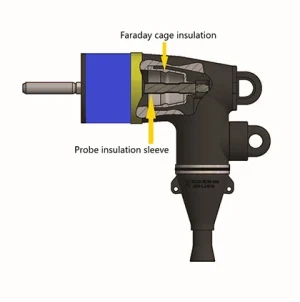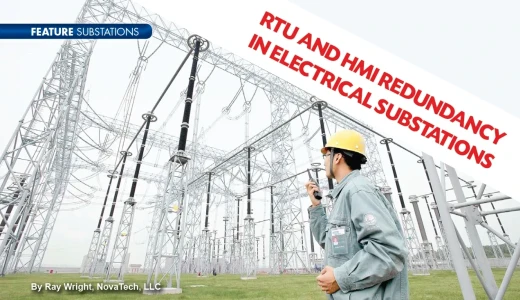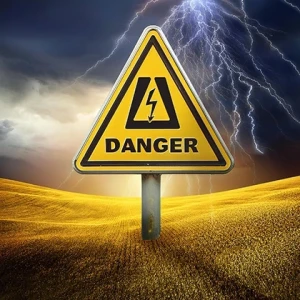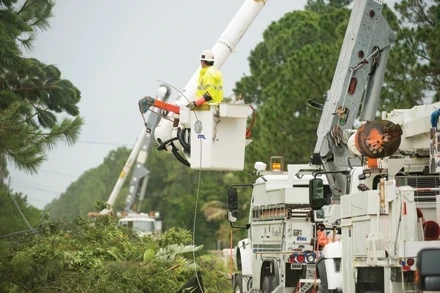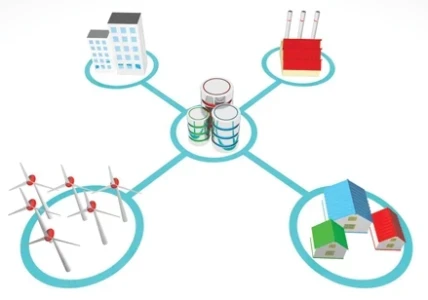Reconducting Existing Transmission Lines Enables Low-Cost Grid Decarbonization

To support decarbonization mandates in the U.S., many utilities and transco's have proposed new transmission lines to link load centers with new renewable generation assets and move power from one region to another over vast distances. While the U.S. government continues to struggle to find ways to streamline the interstate permitting process, many U.S. utilities are busy increasing the capacity and efficiency of existing transmission and sub-transmission lines using advanced conductors.
With a near term mandate to decrease carbon emissions by 57% from 2019 levels by 2030 – less than eight years from now – utilities are scrambling. The U.S. DOE projects that the grid will need to accommodate 60% more capacity by 2030 and as much as 300% more capacity by 2050. These challenges are not insignificant, and many transmission planners, engineers and policy makers are realizing that we can no longer use dated / legacy technology to accomplish this daunting task.
While a number of utilities have begun using various Grid Enhancing Technologies ("GETs") such as Dynamic Line Rating Systems, Load Flow Controllers, and Topology Optimization Software, they have also begun using Advanced Conductors (also considered a 'GET') to increase the capacity of their existing transmission corridors by 50 to 150% (supported by substation upgrades, when required). This class of conductors allows utilities to increase existing corridor capacity using existing structures – which minimizes environmental impact, reduces permitting challenges, and substantially reduces project costs and construction timeframes.
While Advanced Conductors were designed to carry more current and reduce thermal sag, their lighter weight composite cores also allow incorporation of up to 30% more conductive aluminum which reduces electrical resistance and associated line losses under any load flow condition.
Reducing line losses not only helps squeak more power out of existing generation assets, it can also reduce fuel consumption and associated GHG emissions. While ‘technical’ transmission losses in North America are relatively small (~6%), compared to many other countries (as much as 30% - not including ‘commercial’ losses), reducing technical losses by 25 to 40% or more is highly beneficial.
Read full article in the Overhead & Underground T&D Technologies Special Edition 2022
CTC Global Corp. advertisement in the Overhead & Underground T&D Technologies Special Edition:



